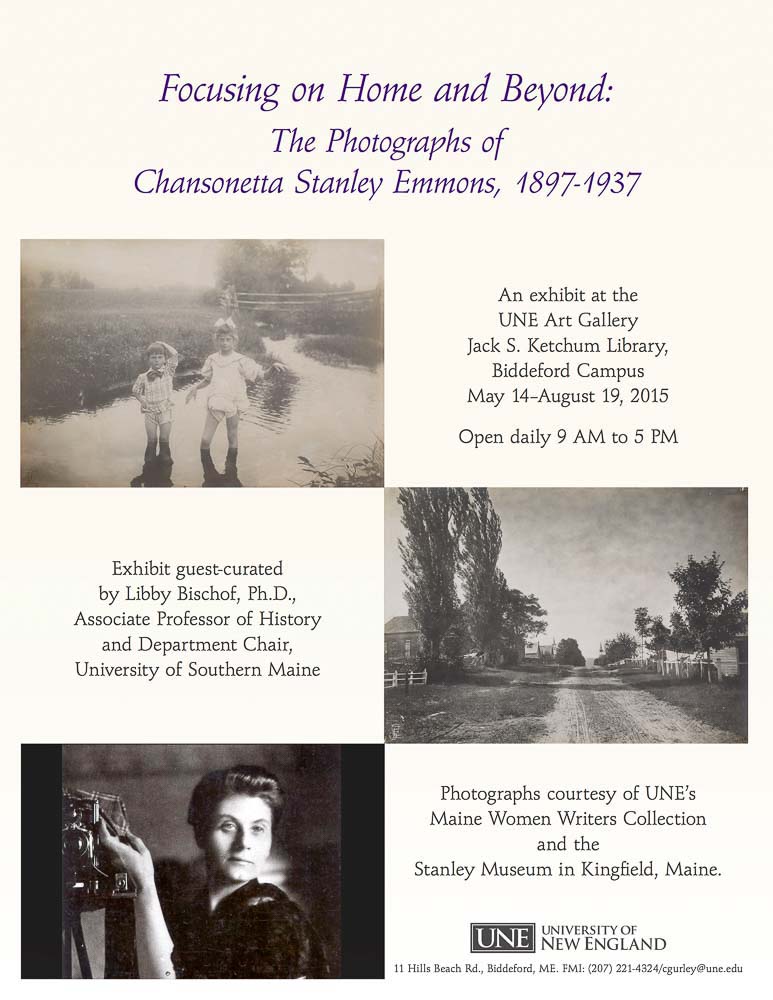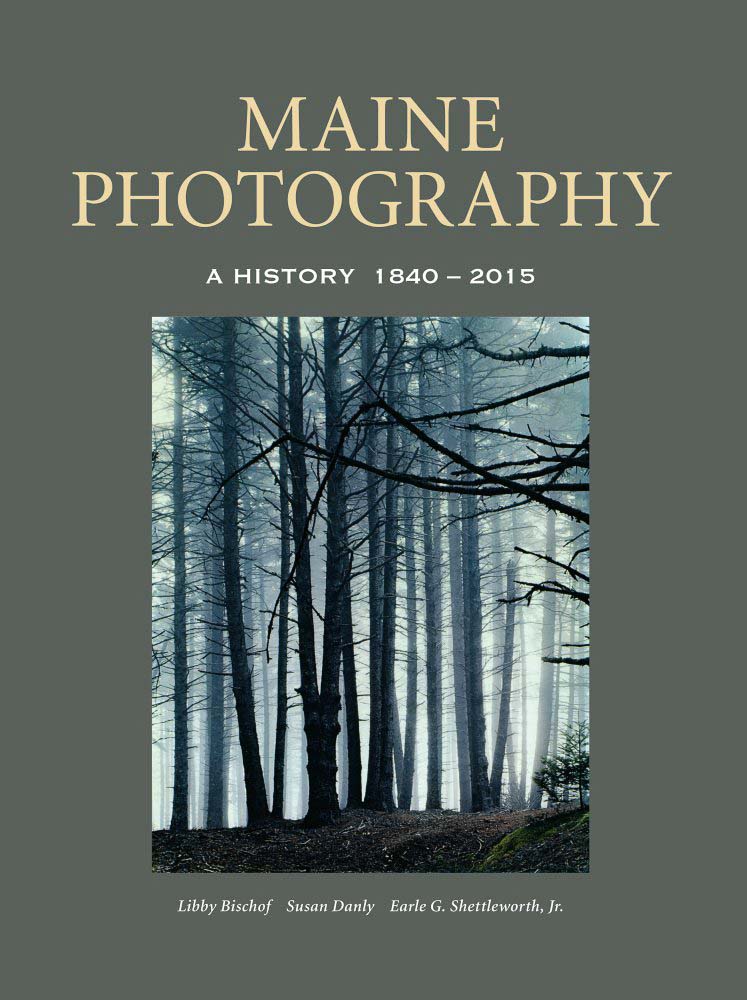- HOME
- ABOUT
- BIOS
- PROJECTS
* indicates multiple projects
- NEWS
- DONORS
- CONTRIBUTE
- APPLICATION
BIO
Libby MacDonald Bischof
Libby MacDonald Bischof is Associate Professor of History and Director of the Center for Collaboration and Development at the University of Southern Maine, where she teaches courses in US Social and Cultural History, Maine History, Photography and Visual Culture. She is the co-author of Maine Photography: A History, 1840-2015 (Down East Books and the Maine Historical Society, 2016) and Maine Moderns: Art in Seguinland, 1900-1940 (Yale, 2011), with Susan Danly. Her work on photographic history has been supported by grants and fellowships from the Georgia O’Keeffe Museum and Research Center for American Modernism, the Center for Creative Photography, the Beinecke Library at Yale, the Peter Palmquist Memorial Fund for Historical Photographic Research, the Maine Women Writers Collection at UNE, and the USM Faculty Senate.
PROJECT
Focusing on Home: Chansonetta Stanley Emmons’ Maine
2008
In 2008 I was awarded a Palmquist grant for the project “Focusing on Home: Chansonetta Stanley Emmons’ Maine.” I requested these research funds because of a pressing need to do more work on the (then) relatively unknown and understudied work of Chansonetta Stanley Emmons of Kingfield, Maine (1858-1937). Trained as a painter, Emmons, the sister of the famous Stanley twins (FO and FE) who invented the Stanley steam engine and the Stanley dry photographic plate process, began photographing in earnest in the late-1890s after the untimely death of her husband James. Her extant photographs consist primarily of subject matter found in nature and primitive scenes of rustic rural life taken over the course of three decades in New England (particularly Maine) and the Carolinas.
Emmons, who spent most of the year living outside of Boston, Massachusetts, and spent her summers in rural Maine, was no exception to those in the early twentieth century who felt the simultaneous pull of past and present. At a time when Maine’s natural resource industries (fishing, ice, granite, lumber) were waning, people in rural Maine still struggled to make a living off of the land as they had for centuries. Emmons’ images of hardscrabble farmers and fresh-faced innocent children, many of whom were residents of her native Kingfield, are at once a celebration of place in a time where regionalism in art (particularly modernism) was gaining popularity, as well as a testament to her desire to dabble in realism and to document a traditional way of life in jeopardy. Like other Maine women artists and authors who came before her, particularly the author Sarah Orne Jewett, Emmons sought to document (and by default, preserve) a way of life fast disappearing in rural Maine. Her images of women sewing, of harvests, farmers shelling corn, haymaking, children at play in the fields, and farm animals, while all realistic portraits of her home, were, at the same time, appealing to a New England audience who were happy at the chance to visually embrace the traditions of the past once again—however fleeting.
I used these funds to do additional substantive research on Chansonetta Stanley Emmons, and her daughter Dorothy Stanley Emmons—traveling around the state of Maine to museums, libraries, and archives in Kingfield, Waterville, and other locations where Emmons worked. Since receiving the grant in 2008, other scholars have also had a renewed interest in Emmons’s work, including Shawn Michelle Smith of the School of the Art Institute of Chicago. This grant also helped me to secure additional funding from the University of New England Maine Women Writers Collection, and, ultimately, supported two completed projects:
- An exhibition: “Focusing on Home and Beyond: Photographs of Chansonetta Stanley Emmons, 1897-1937,” University of New England, Biddeford, Maine, May 14-August 19, 2015. This exhibition was curated by Libby Bischof and was mounted as part of the 2015 Maine Photo Project. The show featured 40+ photographs taken by Emmons over the course of four decades of photographic practice. In addition to highlighting her more well-known images of Maine and the Carolinas, this exhibition also introduced viewers to photographs taken in Europe in 1924, as well as a series of photographs taken in Nantucket, Massachusetts.
- Chapter 3, “Four Early Maine Women Photographers, 1870-1930: A Paradigm,” in Maine Photography: A History, 1840-2015 (Down East Books and the Maine Historical Society, 2016). In my recent book on the history of photography in Maine, Emmons is a key character in my chapter on early Maine women photographers, and numerous examples of her work are also included throughout the book. Research that was undertaken as part of my Palmquist grant was essential in completing this work.

